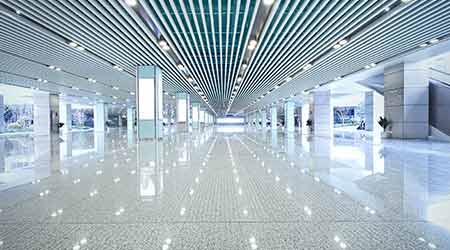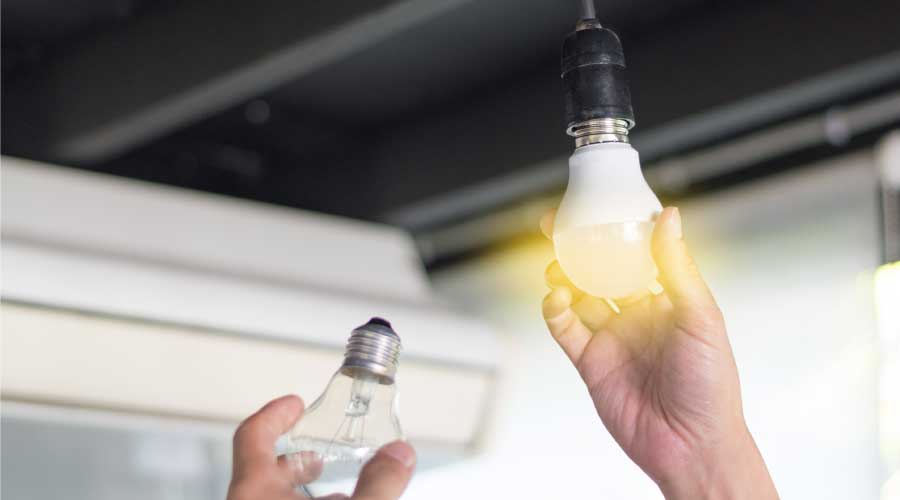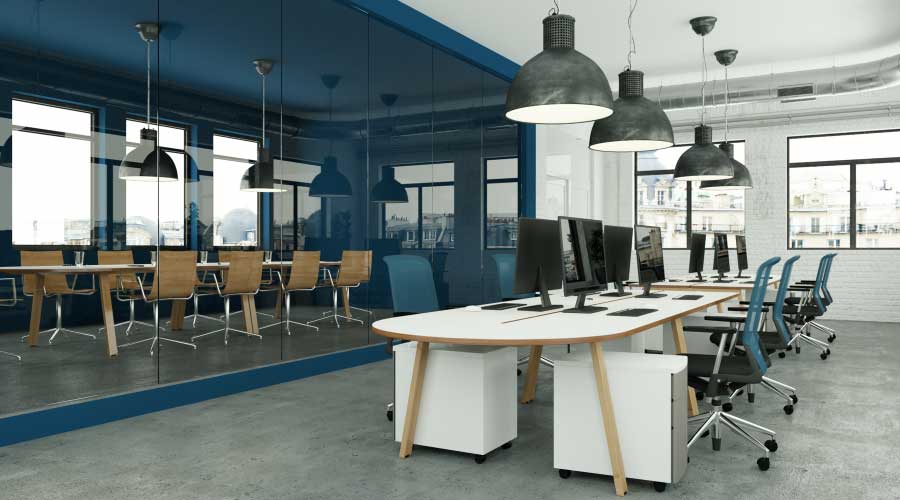Advances in Lighting Technology Bring Energy Efficiency
The key for FMs is selecting the best lighting and lighting controls systems for their particular application.
Facility managers have frequently targeted lighting systems as a way to reduce energy use. By selecting the most appropriate light source and control strategy for the application, facility managers have been able to reduce lighting energy use by as much as 50 percent while improving the quality of the lighting. To select the best system for their application, facility managers must first understand the lighting needs of the application, and how it would be impacted by the various control options.
State your goals
Start with a clear statement of what you are trying to accomplish. Some lighting control systems are better at specific functions than others. All will save energy, some more than others. All can extend lamp life, but not in all applications. For example, more frequent switching of lamps will reduce the service life of fluorescent lamps, but will not have a significant impact on the service life of LED lamps.
Some control systems allow occupants to easily adjust lighting levels to the needs of the specific task being performed. Others can only be adjusted to predefined levels.
Understanding how the most commonly used systems function will help facility managers make the most appropriate choice for the application. There are four basic types of systems in use today for controlling the operation of building lighting systems: occupancy sensing, scheduling, bi-level switching, and daylight harvesting.
Related Topics:














